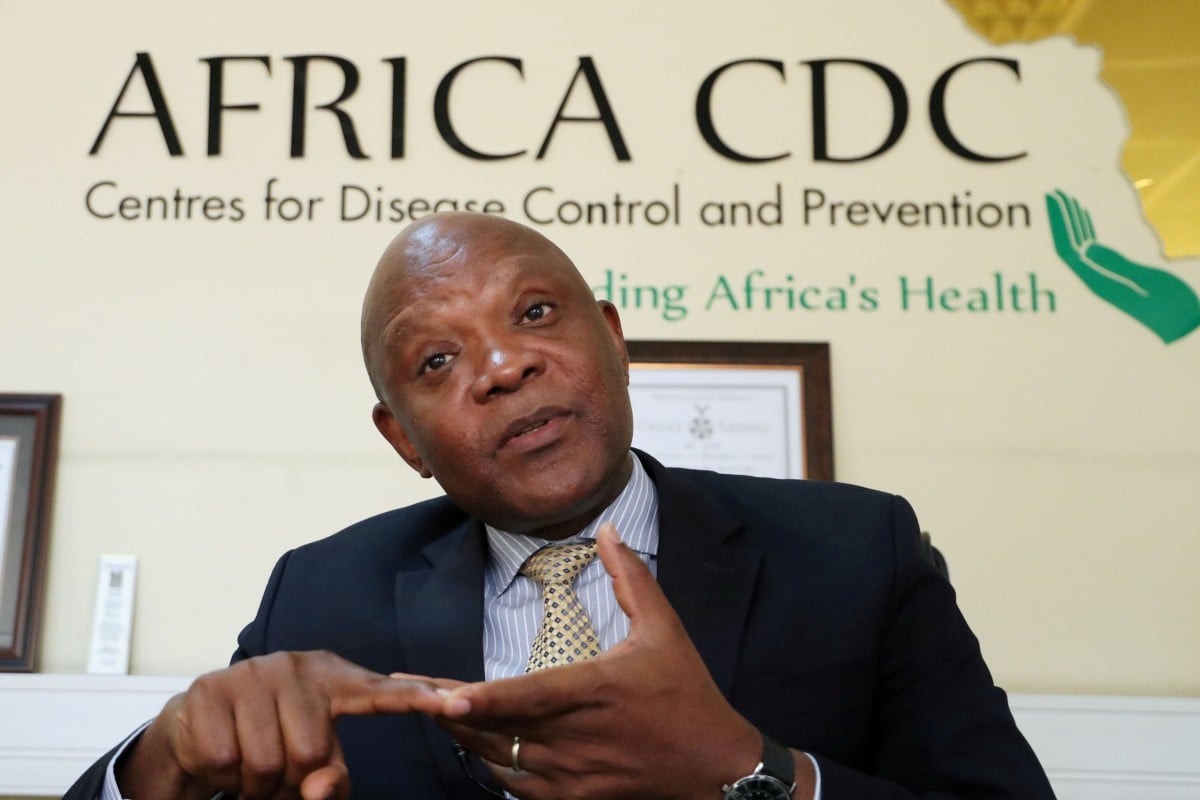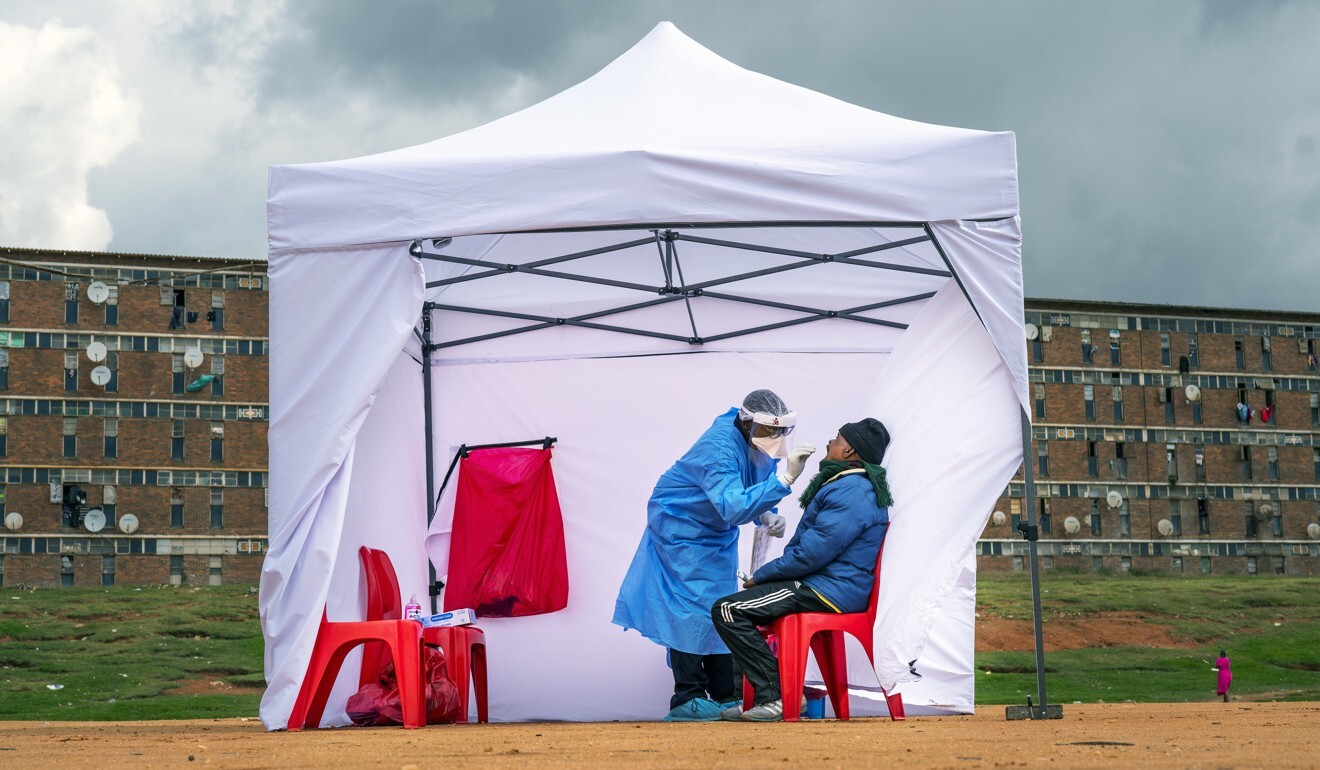
Confrontations between soldiers of China's People's Liberation Army (PLA) and the Indian Army engaged in border skirmishes on May 5 and 9, reports said Monday (May 25).
On May 5, a conflict erupted between PLA and Indian Army troops near the China-India border close to Pangong Tso (Pangong Lake) in the union territory of Ladakh. The two sides did not use conventional weapons, deciding instead to throw rocks at each other, according to Newtalk.
A total of 250 men joined the melee, with both sides tallying multiple injured.
On May 9, some 150 Chinese and Indian soldiers engaged in another scuffle in the northeastern state of Sikkim. Although mid-level military officials from both countries met on May 18 and 20, the two sides failed to reach an agreement regarding Pangong Tso.
The Line of Actual Control (LAC) in Ladakh is still an unresolved issue, as India has rejected China's attempts to curtail the South Asian nation's reach in the region. The lack of a willingness to compromise on both sides has led to a breakdown in negotiations.
In response to the recent confrontations, Indian Army Commander Manoj Mukund Naravane on May 22 went to the 14 Corps headquarters in Leh, the capital of Ladakh, to assess the situation, The Hindu reported. The Indian military subsequently ordered the reinforcement of eastern Ladakh, deploying several infantry battalions to Leh.
According to Newstalk, China has recently dispatched more troops to the border, and its behavior is increasingly aggressive. Chinese military maneuvers in the region fall under the command of the PLA's Western Theater Command.
China and India share a border that stretches approximately 4,056 kilometers.
Due to the lack of clear demarcation lines recognized by both sides, clashes between Chinese and Indian border patrols are common. In 1962, there was a brief border war, which China won.









